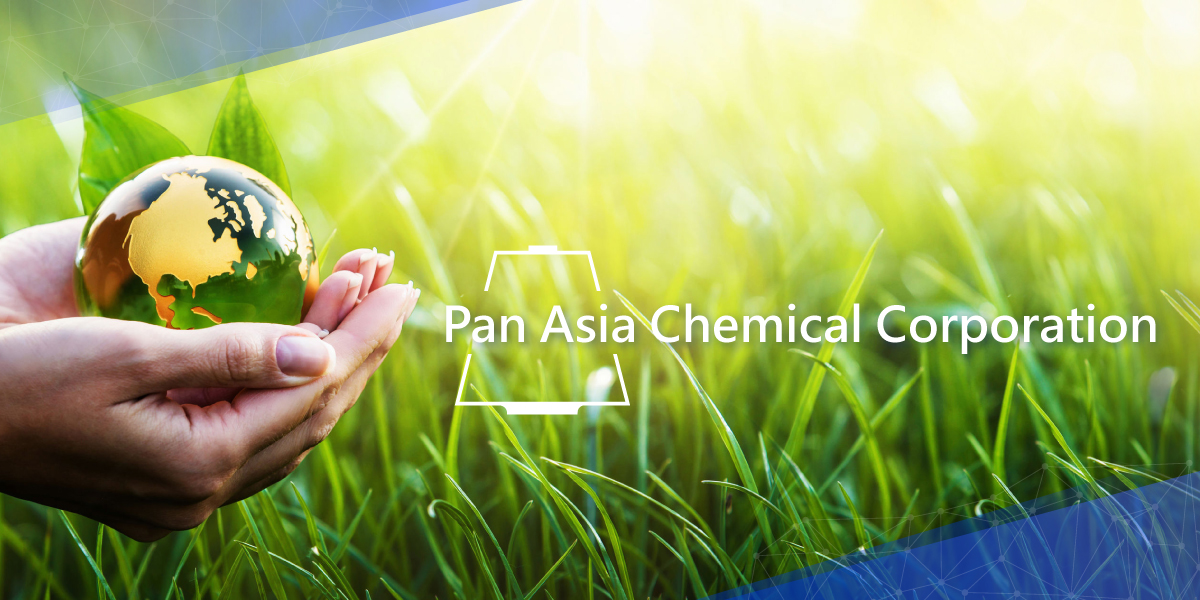1.) Major product sales regions
(1) Domestic sales: 50%, divided into half for distribution and half for self sales
(2) Export: 50%, with Mainland China and Singapore accounting for the largest share, followed by Southeast Asia and Australia.
2.) Market Share: Domestic market share estimated at 50% market
Share
3.) Future supply, demand and growth of the market
(1) ECFA tariff agreement to reduce China's import tariff to 0%. This will greatly benefit the sales of some of our products in Mainland China.
4.) Competition niche
(1) Stable supply of EO, NP, DEG and natural alcohols.
(2) Stable quality, competitive price and smooth marketing
channels.
5.) Pros and cons of the development prospect and strategies to address them
(1) Enabling factors
A、Diversified products and wide range of industry demands are not easily affected by the impact of economic fluctuations.
B、The technology level is higher than that of neighboring China and Southeast Asia, and the production and supply situation is stable.
C、Sales channels and relationships are consolidated, and products are sold to all industries at home and abroad.
D、Safety of raw materials supply, the main raw materials NP and EO are supplied by the long-term cooperation with CMFC's pipeline.
(B.)disadvantage
A、Environmental consciousness is still high, and the rising cost of crudeoil has led to an increase in the cost of petrochemical raw materials,which may lead to an increase in the Company's operating costs.
B、 Continued outward migration of domestic industry and decrease in demand.
C、 The environmental protection policy of restricting the use ofnonylphenol series products in Taiwan and the use of nonylphenol auxiliaries for textile products sold to Europe.
D、The import of nonylphenol series products in Mainland China has been controlled since January 4, 2011, and importers must have environmental protection certificates to apply for import, which directly impacted the purchase volume in the downstream market.
(C.)Responding Strategies
A、In line with the trend of environmental protection, we develop natural alcohols with EO series products to reduce the impact of rising costs of petrochemical raw materials.
B、To meet the upgrading of the industry and the demand of customers, we develop high value-added products and OEM products to increase the competitiveness of the industry.
C、Improve the production efficiency and increase the sales competitiveness in domestic and export markets in China and Southeast Asia.
D、Provide the antagonists of the nonylphenol series products to customers for trial use, and the transactions have been completed.



